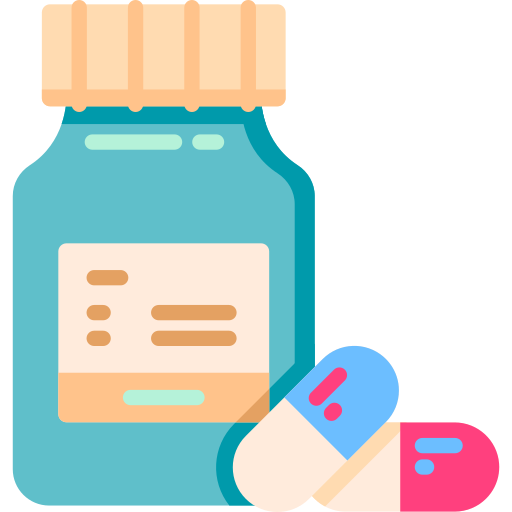
Type:Injection
Generic Name:Promethazine Hydrochloride
Manufacturer:Jayson Pharmaceuticals Ltd.
Price:৳4.18
Allergic conditions, Nausea and vomiting, Motion sickness, Insomnia
May be taken with or without food.
Oral Allergic conditions Adult: As promethazine HCl: 25 mg at night, increase to 25 mg bid if necessary. Alternatively, 10-20 mg 2-3 times daily. Prophylaxis of motion sickness Adult: As promethazine HCl: 20 mg or 25 mg the night before travelling, followed by a similar dose the following morning if necessary. As promethazine teoclate: 25 mg given on the night or 1-2 hr before travelling. Short-term management of insomnia Adult: As promethazine HCl: 20-50 mg at night. Parenteral Allergic conditions; Sedation Adult: As promethazine HCl: 25-50 mg, by deep IM, IV inj or IV infusion at a rate of not more than 25 mg/min. Max: 100 mg. Nausea and vomiting Adult: As promethazine HCl: 12.5-25 mg, repeated at intervals of not less than 4 hr. Max: 100 mg daily.
Oral Allergic conditions Child: As promethazine HCl: 2-5 yr 5-15 mg daily in 1 or 2 divided doses; >5-10 yr 10-25 mg daily in 1 or 2 divided doses. Prophylaxis of motion sickness Child: As promethazine HCl: 2-5 yr 5 mg; >5-10 yr 10 mg. Doses are given the night before the journey and repeated on the following morning (6-8 hr later) if necessary. Short-term management of insomnia Child: As promethazine HCl: 2-5 yr 15-20 mg; >5-10 yr 20-25 mg. Parenteral Allergic conditions; Sedation Child: As promethazine HCl: 5-10 yr 6.25-12.5 mg by deep IM.
Renal impairment: Dose reduction may be required.
Patients in coma or suffering from CNS depression of any cause. Childn <2 yr. SC and intra-arterial admin. Concurrent use w/ or w/in 14 days of MAOI use.
Promethazine, a phenothiazine derivative, blocks postsynaptic dopaminergic receptors in the brain and has a strong alpha-adrenergic blocking effect. It competitively binds to H1-receptors.
Patient w/ asthma, bronchitis or bronchiectasis; severe coronary artery disease, narrow-angle glaucoma, epilepsy, bladder neck or pyloro-duodenal obstruction, Reye's syndrome, bone marrow depression, Hepatic and renal impairment. Pregnancy and lactation. Patient Counselling This drug may cause marked drowsiness, if affected, do not drive or operate machinery. Avoid prolonged exposure to sunlight. Monitoring Parameters Monitor mental status; signs and symptoms of tissue injury (IV inj). Lactation: Not known whether drug crosses into breast milk; discontinue drug, or do not nurse
Neuroleptic Malignant Syndrome (NMS); CV effects (e.g. bradycardia, tachycardia, transient HTN, hypotension; jaundice, blood dyscrasias, extrapyramidal effects; IV inj: Severe tissue injury (e.g. gangrene), pain and burning, paralysis, thrombophlebitis, severe spasm of distal vessels, necrosis. Sedation, Confusion, Disorientation, Blurred vision, Hallucinations, Dystonias, Catatonic states, Euphoria, Excitation, Impotence, Urinary retention Potentially Fatal: Resp depression and apnoea esp in childn.
Masks ototoxicity of aminoglycoside antibiotics. May enhance the sedative effects of CNS depressants like alcohol, hypnotics, barbiturates and opioids. Potentially Fatal: Ventricular arrhythmias when used with drugs that prolong QT interval. Increased risk of extrapyramydal effects w/ MAOIs.